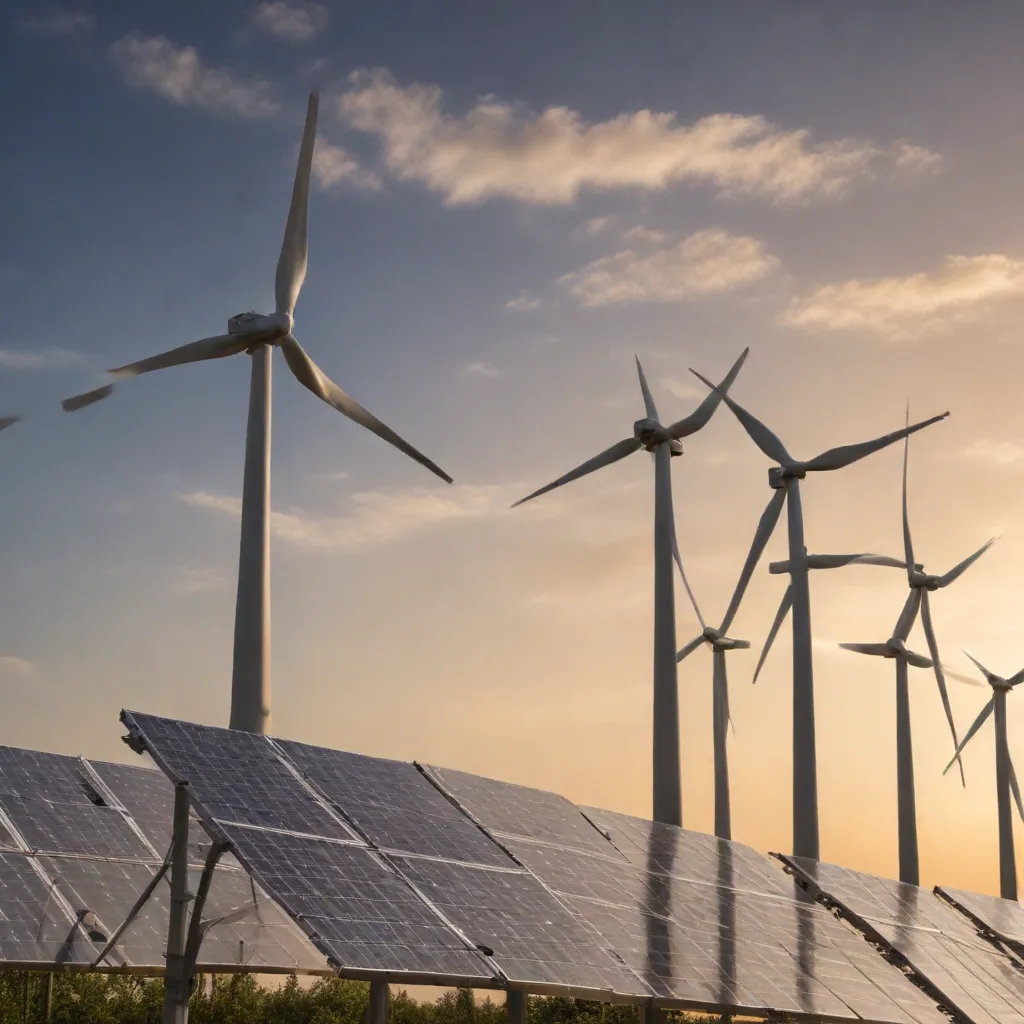
Europe’s shift to clean energy has gained remarkable momentum in recent years, driven by a convergence of technological breakthroughs, evolving policy frameworks, and a growing climate imperative. From the rapid expansion of wind power and solar photovoltaics to pioneering hydrogen pilot projects and the development of advanced battery storage solutions, the continent is positioning itself as a global leader in the energy transition. However, realizing the full potential of these transformative technologies will require unprecedented levels of investment—both public and private—to build the necessary infrastructure and drive large-scale deployment.
Mobilizing private capital is a critical component of this endeavor, as the sheer scale of financing needed to achieve Europe’s decarbonization goals far exceeds the capacity of public budgets alone. Innovative financial mechanisms, such as green bonds, sustainability-linked loans, and carbon offsets, are emerging as powerful tools to channel private investment into renewable energy, energy efficiency, and other climate-friendly projects. By aligning investment strategies with environmental, social, and governance (ESG) principles, the financial sector is playing an increasingly pivotal role in accelerating the transition to a net-zero future.
The Energy Transition Landscape
Drivers for the Energy Transition
The energy transition in Europe is propelled by a confluence of factors, including ambitious climate targets, evolving regulatory frameworks, and growing public awareness and demand for clean energy solutions. The European Union’s commitment to achieving climate neutrality by 2050, as outlined in the European Green Deal, has galvanized member states to implement bold policy measures and funding initiatives to support the decarbonization of their economies.
Renewable Energy Technologies
The rapid technological advancements in wind turbine design, solar photovoltaic efficiency, and energy storage systems have significantly improved the cost-competitiveness and reliability of renewable energy sources. In 2022, Europe installed a record-breaking 31 GW of new wind capacity, cementing its position as a global leader in wind power deployment. Similarly, the continent’s solar PV market saw exceptional growth, with over 41 GW of new installations, driven by streamlined permitting processes and innovative financing models.
Policy and Regulatory Frameworks
Alongside these technological breakthroughs, policymakers across Europe have developed a comprehensive suite of regulatory frameworks to accelerate the energy transition. Incentives such as feed-in tariffs, tax credits, and carbon pricing mechanisms have been instrumental in driving private investment into renewable energy projects. Moreover, the EU’s Renewable Energy Directive and Energy Efficiency Directive have provided clear policy signals and targets to guide the transition towards a sustainable energy future.
Mobilizing Private Capital
Sustainable Investment Strategies
The financial sector has embraced the energy transition as a key investment theme, with a growing number of asset managers, banks, and institutional investors aligning their portfolios with ESG principles. This has led to the emergence of green investment funds, sustainability-linked bonds, and other financial products that channel capital towards renewable energy, energy efficiency, and clean technology initiatives.
Innovative Financing Mechanisms
To further scale up the flow of private capital, innovative financing mechanisms are being deployed. The Climate Investment Funds’ Capital Markets Mechanism (CCMM), for example, recently made its market debut, raising $500 million through its inaugural bond offering to support climate-related projects in developing countries. This innovative model allows public climate funds to access the international capital markets, thereby multiplying the resources available for clean energy investments.
Overcoming Investment Barriers
Despite the increasing appetite for sustainable finance, several barriers continue to hinder the mobilization of private capital at the scale required for the energy transition. These include regulatory uncertainties, lack of standardized reporting and disclosure frameworks, and the perceived risk profile of emerging technologies. Addressing these challenges through policy reforms, capacity-building initiatives, and de-risking mechanisms will be crucial to unlocking the full potential of private finance.
Enabling Infrastructure Development
Grid Modernization and Integration
The transition to a renewable-powered energy system requires significant investments in grid infrastructure to accommodate the growing share of variable and distributed generation. Modernizing and digitizing electricity grids, enhancing transmission and distribution capabilities, and improving grid balancing and system flexibility are all essential to enable the seamless integration of renewable energy sources.
Energy Storage Solutions
The widespread deployment of advanced battery storage technologies, as well as the emergence of alternative storage solutions like pumped-storage hydroelectricity and hydrogen storage, will be pivotal in addressing the intermittency of renewable energy sources and ensuring a reliable and resilient power supply.
Sustainable Transportation Systems
Decarbonizing the transportation sector is a critical component of Europe’s energy transition, requiring substantial investments in electric vehicle charging infrastructure, hydrogen fueling stations, and intermodal mobility solutions. By leveraging public-private partnerships and innovative financing mechanisms, cities and regions across Europe are leading the charge in developing sustainable urban transportation networks.
Stakeholder Collaboration
Public-Private Partnerships
Realizing the ambitious goals of the energy transition will necessitate unprecedented levels of collaboration between the public and private sectors. Governments can play a catalytic role by creating favorable policy environments, providing risk-mitigation instruments, and deploying public finance to crowd in private investment. Conversely, the private sector can offer its expertise, technological capabilities, and financial resources to help implement large-scale, capital-intensive projects.
Community Engagement
Engaging local communities and addressing their concerns will be pivotal to the successful deployment of clean energy projects. By fostering inclusive dialogues, incorporating community priorities, and ensuring equitable distribution of the benefits, project developers can build trust and secure social license to operate.
International Cooperation
The energy transition is a global challenge that requires coordinated international efforts. Initiatives like the European Future Energy Forum provide a platform for policymakers, industry leaders, and civil society representatives to share best practices, collaborate on cross-border projects, and mobilize finance at scale. Such multilateral cooperation is essential to accelerating the transition towards a sustainable energy future for all.
As Europe continues to push the boundaries of what’s possible in the clean energy revolution, the mobilization of private capital will be a crucial enabler of this transformative journey. By leveraging innovative financing mechanisms, forging strategic public-private partnerships, and fostering international collaboration, the continent is poised to lead the way in building a more resilient, equitable, and sustainable energy system for generations to come.







